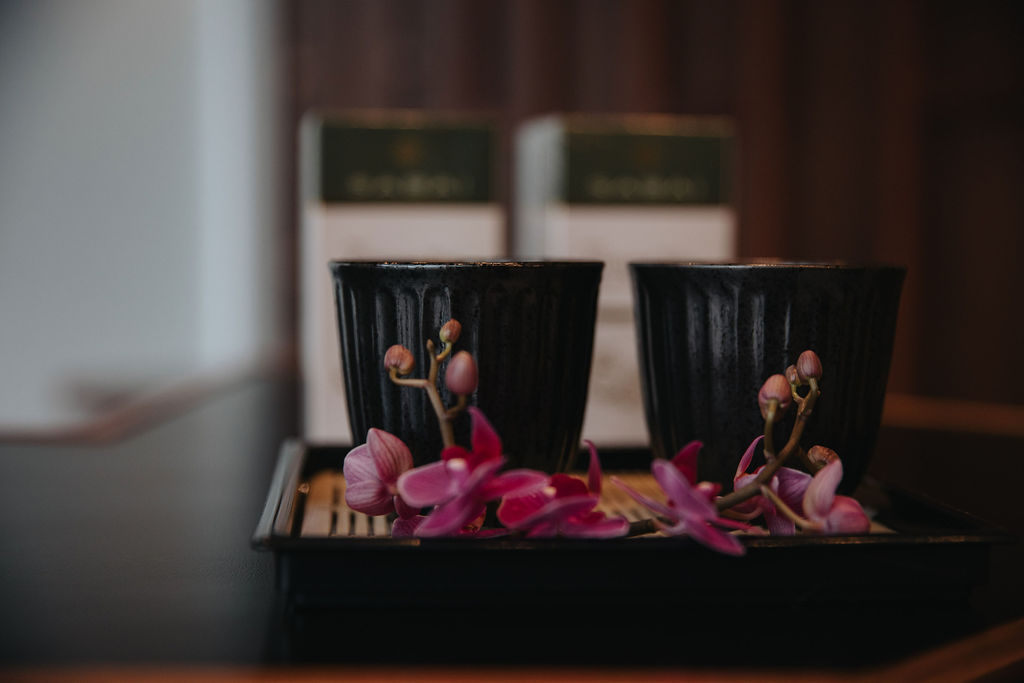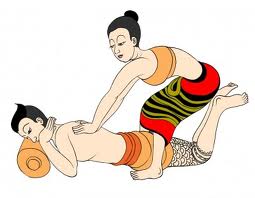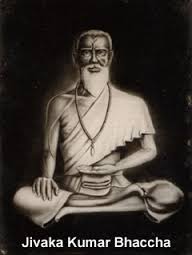Traditional Ancient Thai massage is a unique form of Bodywork that incorporates Hatha Yoga, acupressure and reflexology with origins dating back about 2500 years. The roots of Thai massage are traced back to the founder of the practice (known as “Father Doctor”) Jivaga Kumar Bhaccha, a doctor, friend and contemporary to the Buddha.
Ancient Medical texts were carved in stone in attempts to preserve the tradition of Thai massage; these stone inscriptions still sit within the walls of the Wat Pho temple in Bangkok. In Thailand, there are many agricultural people who do a lot of physical work through the day and their muscles become very tight and sore, so they teach their children massage skills they learned from their parents. In this way Thai massage is passed down as an oral tradition.
Massage has a unique style in each area of Thailand. When people would gather together from different regions they would exchange their techniques of massage. In this same way influences came from other countries such as China, India, Burma and Tibet creating its evolution and development.
The Thai Method
Thai Massage blends styles from Asian neighbors passed down through the generations. Unlike the scooping and continuous strokes of Western massage, the Thai method uses point pressure, muscle stretching and compression, done in a rhythmic movement of gentle rocking.
In Thai massage it is not just the hands that are used to free tension from the recipient’s body, but the therapists feet, forearms, knees, and elbows as well. Be assured northern style Thai massage is never painful. Thai massage is applied on a mat on the floor, the work is done fully clothed and no oils are required.
Thai medical massage can move deeper into the mechanical functions of the body, working with deep muscle tension and joint mobility as well as nerve, muscle and ligament balancing.




